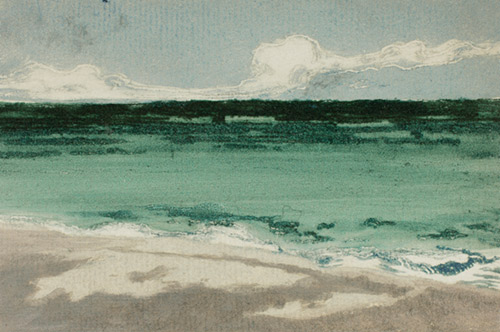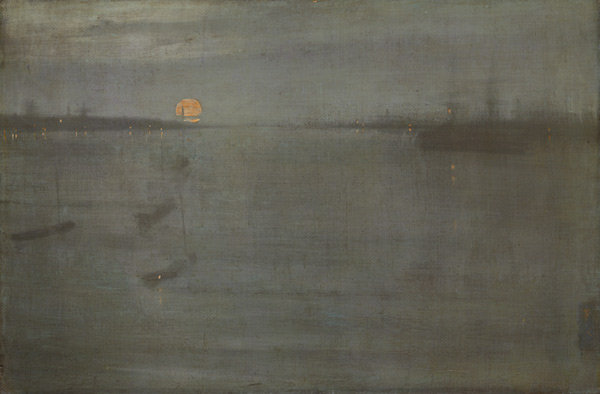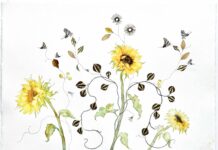Artistic collaboration often results in aesthetic developments — and outstanding results. In the 19th century, two artists would embark on communal creative sessions, making remarkable technical and aesthetic breakthroughs in lithography and etching.
The Art Institute of Chicago is currently featuring an exhibition that explores the professional and personal relationship between James McNeill Whistler and Theodore Roussel. In 1885, the already-renowned Whistler was taken by a watercolor painted by Roussel for a London gallery. The meeting of the artists initiated more than a decade of collaboration. The exhibition features numerous works on paper by Whistler and a recent major gift of works by Roussel. With over 175 objects, visitors will be dazzled by the etchings, lithographs, drawings, paintings, and artist-designed frames.

Theodore Roussel, “The Sea at Bognor,” 1895, The Art Institute of Chicago
From the museum: “The exhibition demonstrates the creative impact of the group’s shared network of models, studio assistants, poets, and critics. Related works by various members of this network — from the museum’s permanent collection as well as private collections and the Terra Foundation for American Art — are enhanced and given context by the inclusion of correspondence, historical ephemera, and surviving etching places, presenting a full picture of the creative exchange and invention that characterized this 19th-century artistic community.”
“Whistler and Roussel: Linked Visions” opened on June 20 and will be on view through September 27.
To learn more, visit The Art Institute of Chicago.
This article was featured in Fine Art Today, a weekly e-newsletter from Fine Art Connoisseur magazine. To start receiving Fine Art Today for free, click here.








